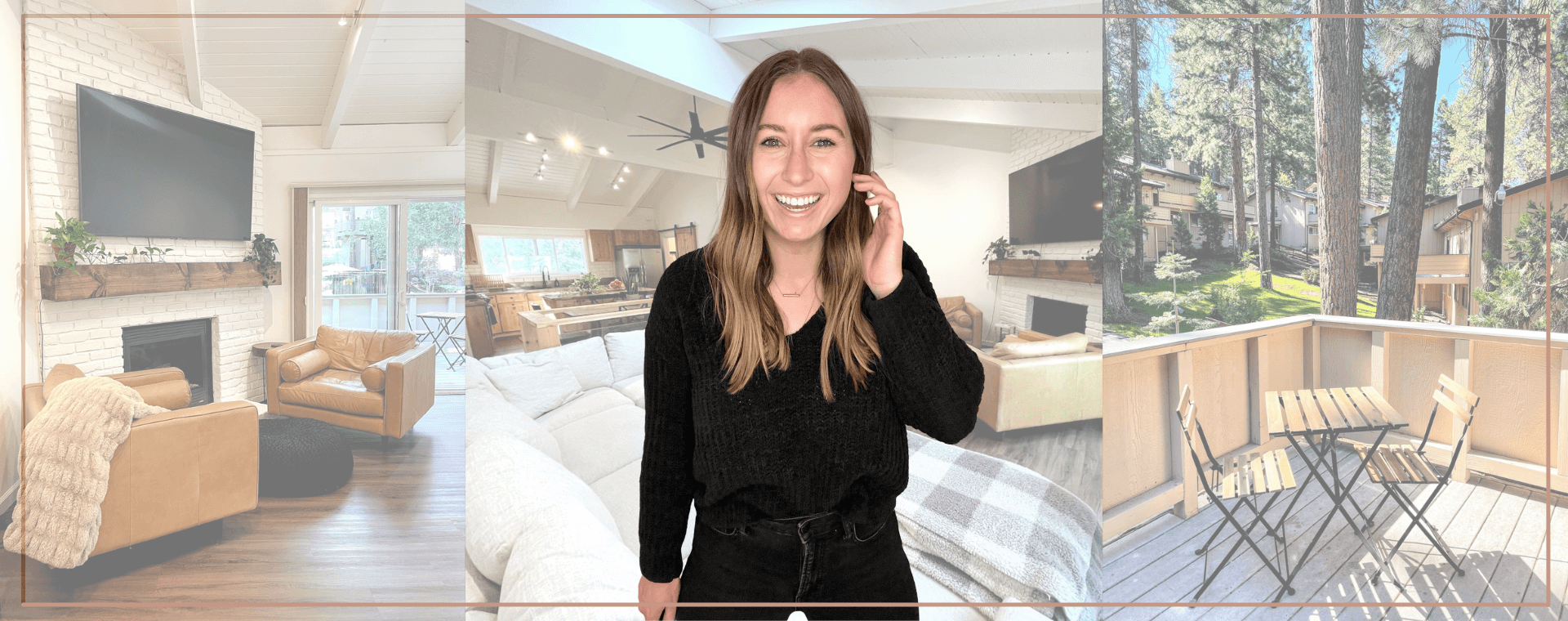After experiencing the frustrations of automated pricing tools, you might be ready to throw in the towel and dedicate hours to manually calculating your pricing on Airbnb.
Here’s why you shouldn’t.
This post may contain affiliate links. If you click a link and make a purchase, I may earn a commission at no additional cost to you. As an Amazon Associate, I earn from qualifying purchases. I’m not affiliated with Airbnb in any way (other than being an Airbnb host, of course). Read my full disclosure policy here.
Why Manually Calculating Your Pricing On Airbnb Is a Mistake
1. It’s unreasonably time-consuming
To manually calculate your pricing on Airbnb, you’ll start by researching the nightly rate of comparable properties.
There are countless factors that go into determining which properties are comparable to yours.
You have to decide what counts as ‘comparable’ on location, amenities, property type, number of bedrooms, maximum occupancy, and so on.
Once you decide what fits the bill, you might scroll through pages and pages of Airbnb listings to find those properties.
Doing so every time you want to update your nightly rate is unreasonably time-consuming.
Pro tip: Pricing is just one of the 50+ ways your listing can be optimized today to start earning you more revenue today!
2. You’re working with limited information
Say you find a dozen comparable properties. If you’re going it alone, you won’t have access to enough information about your competitors’ listings to fully inform your pricing on Airbnb.
The two most important data points you’ll want on your competitors are their occupancy rate (the number of booked nights out of the total nights available) and nightly rate.
Occupancy rate and nightly rate directly impact your revenue (number of nights booked * price per night = revenue).
And, they’re very closely tied together; as you decrease your nightly rate, your occupancy rate will increase and vice versa.
Let’s start by considering occupancy rate.
Occupancy rate
Take a look at the booking calendar of any property you consider comparable to yours. You’ll notice you can’t see their occupancy rate. You can only see which dates are currently available.
Without occupancy rate, you don’t know if those unavailable nights are truly booked by guests or are just blocked off by the host. So, this property could be very popular (every night is booked!) or maybe it hasn’t had any guests in months.
You don’t have enough information to know one way or the other.
Now let’s look at the nightly rate of that same competitor.
Nightly rate
Without a pricing tool, you can only see the nightly rate of this listing’s available dates.
Maybe the unavailable nights got booked at the same nightly rate. Maybe they didn’t.
Maybe the remaining available nights will get booked at the nightly rate you can see. Maybe they won’t.
You have no way of knowing.
The point is, your occupancy rate and nightly rate are everything when it comes to maximizing revenue.
And, no matter how much time you spend researching, you won’t find that information on your competitors without a third-party tool.
The Solution
After months of trial and error, I’ve learned the hard way that, if you want to maximize revenue, there’s no easy solution to determining your pricing on Airbnb.
So, I scrapped all of the traditional approaches.
And instead, I created my own strategy.
Get the hybrid pricing strategy I use as an Airbnb Superhost.
Pro tip: Pricing is just one of the 50+ ways your listing can be optimized today to start earning you more revenue today!
Have you manually calculated your pricing on Airbnb? I’d love to hear about it in the comments.
Disclaimer: All content on this website is for informational purposes only. You are taking all provided information at your own risk. We are not financial, real estate, legal, investment or other professionals. Nothing on this website should be construed as professional advice. We will not be liable for any loss or damage of any nature. For more information, read our disclaimer.

+ show Comments
- Hide Comments
add a comment